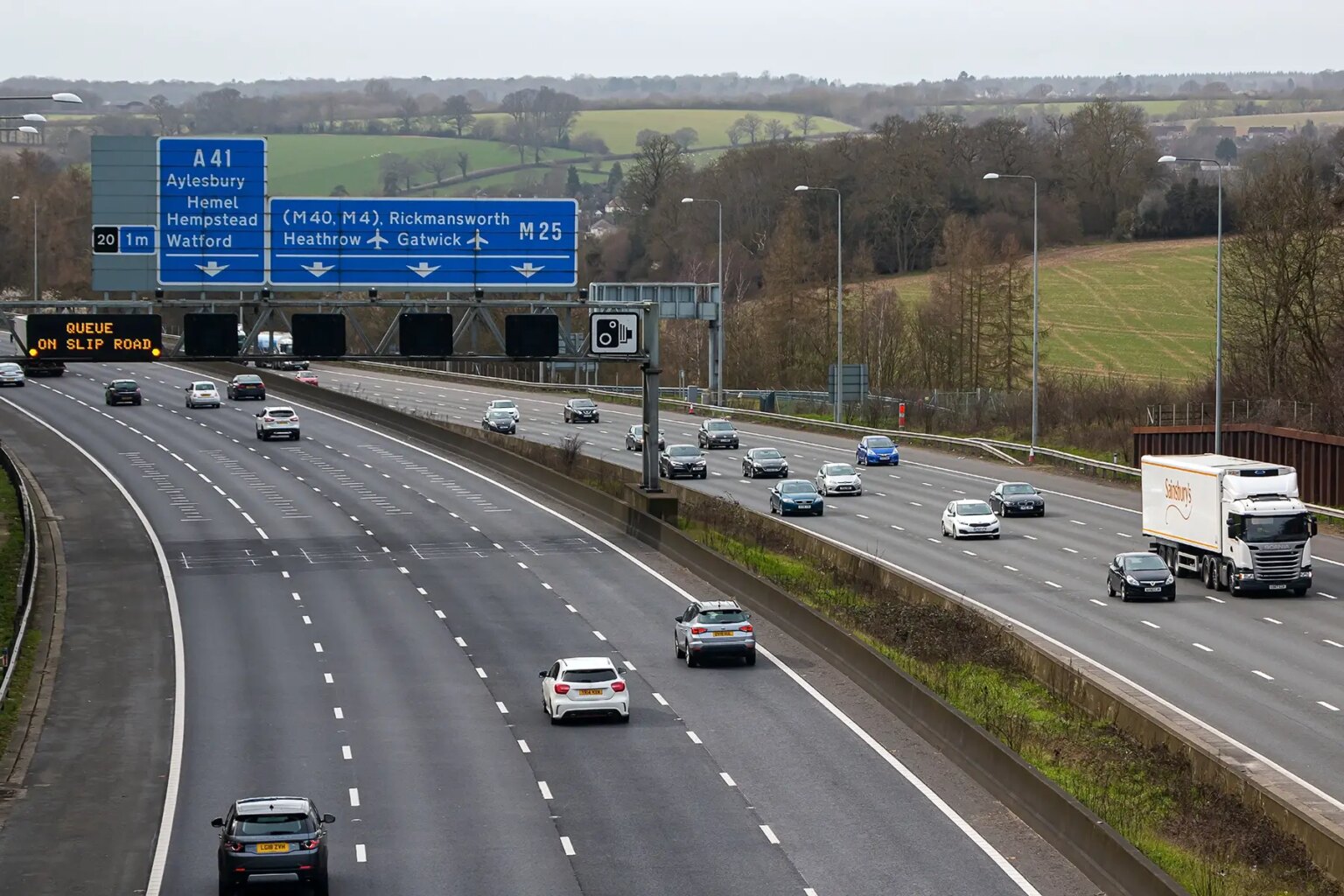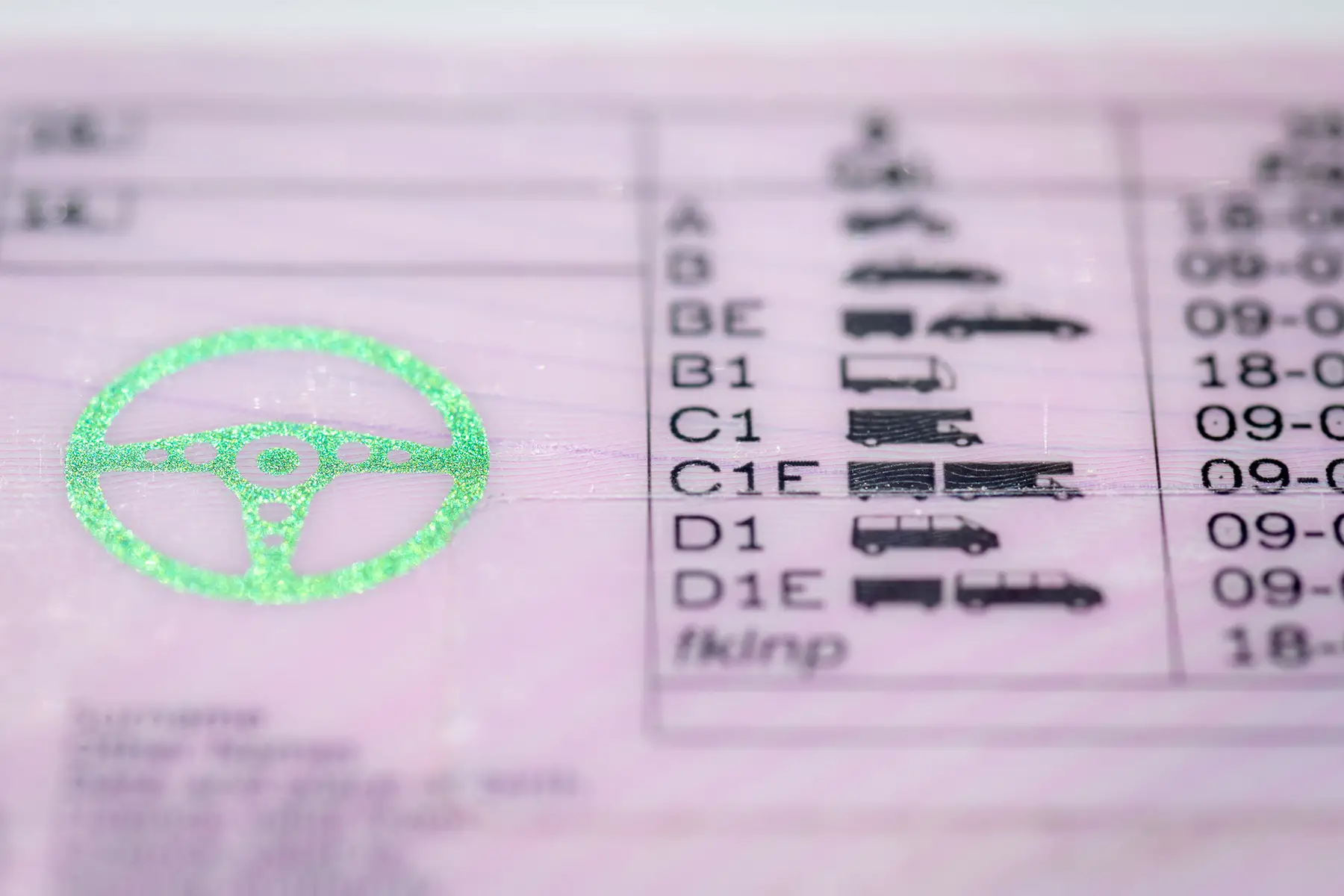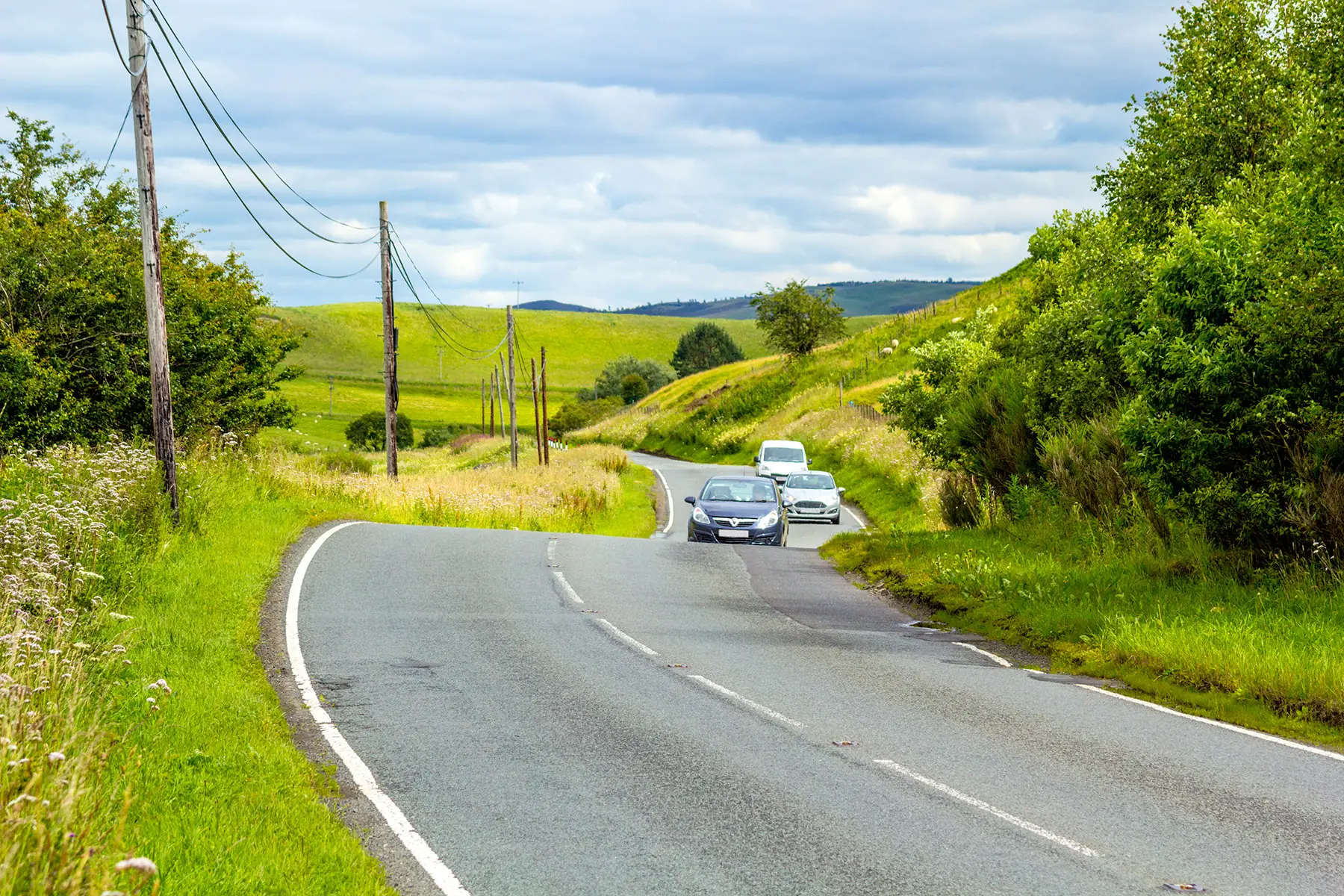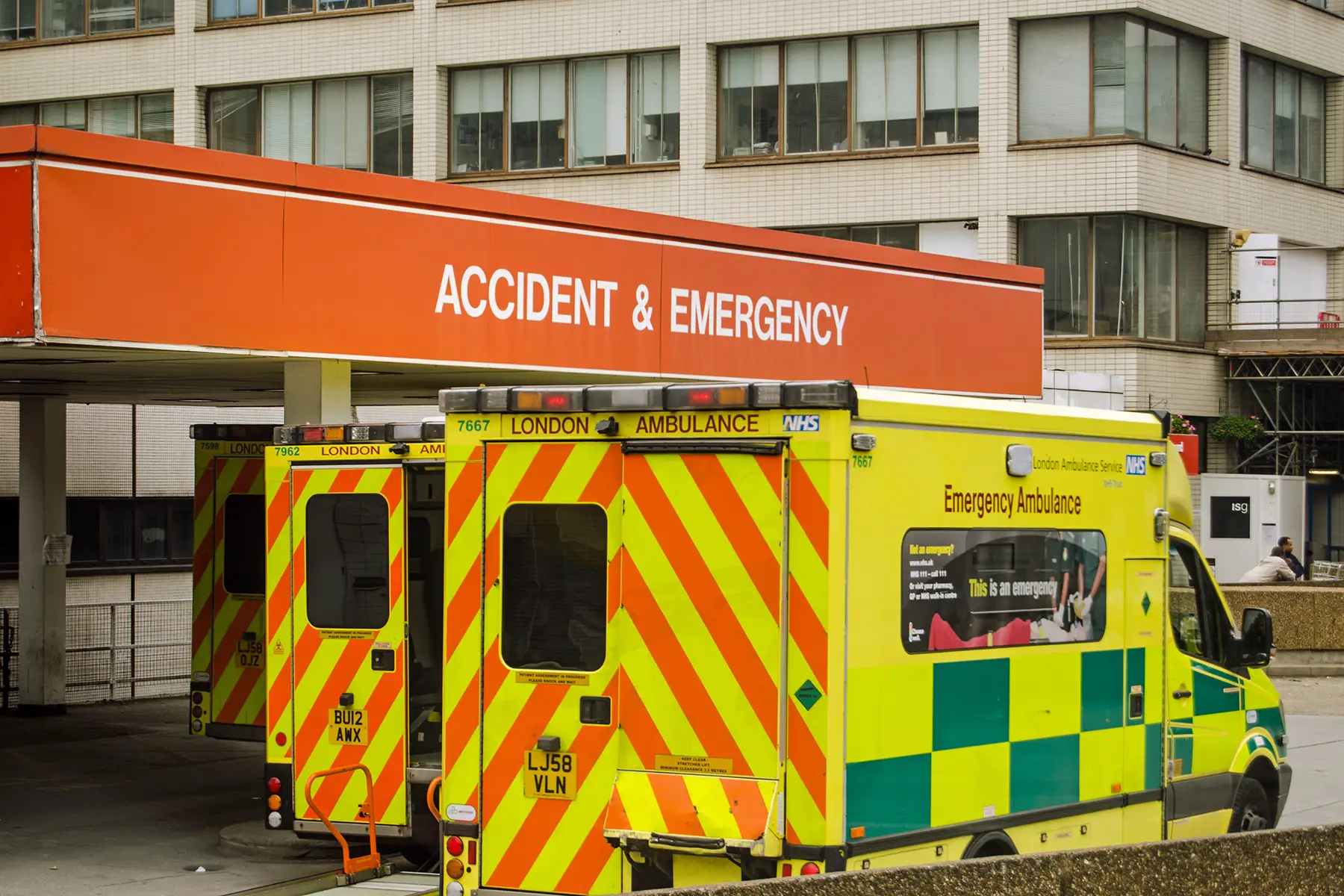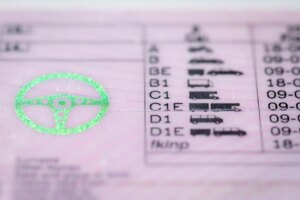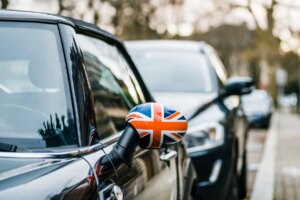Anyone can drive in the UK as long as they have a valid license. However, there is much more to driving in a new country than just being legally permitted to do so.
Get up to speed on UK driving regulations, signs, and more, in the following sections:
- Driving in the UK
- Who can drive in the UK?
- UK driving licenses
- Drivers with disabilities in the UK
- Car registration and maintenance
- UK car insurance
- Driving costs in the UK
- Driving rules and penalties in the UK
- Road signs in the UK
- Traffic information in the UK
- Parking in the UK
- Road accidents and breakdowns
- Cars in the UK
- Car repair in the UK
- Useful resources
Confused.com
Looking for a great deal on car insurance? Then head to Confused.com. Confused.com is one of the UK’s leading price comparison websites, comparing the country’s biggest insurers in seconds to get you the right cover for your vehicle. Get the best value-for-money coverage with Confused.com.
Driving in the UK
Driving in the UK is, in many ways, very similar to driving in countries in the Global North. The rules and roads don’t differ too greatly, however, there is one key difference for many expats to get used to. Driving in the UK is on the left side of the road.
Around 34% of countries worldwide drive on the left, although the US, Canada and most of Europe drive on the right. Left-side driving means the steering wheel is on the right side of the vehicle, so this can take some getting used to for many foreigners coming to the UK.

The UK had just over 31.2 million passenger cars among residents in 2017, the third-highest in the EU after Germany and France. However, the number of cars per inhabitant was around 0.47, which is below the EU average of around 0.51. Around 76% of households in the UK have a car or a van.
The Driver and Vehicle Licensing Agency (DVLA), which is an arm of the UK Department of Transport, is responsible for maintaining a database of registered drivers in Great Britain. In Northern Ireland, this is done by the Driver and Vehicle Agency (DVA).
Who can drive in the UK?
Anyone aged 17 or above who has passed their driving test can legally drive in the UK. Citizens of the European Union (EU), the European Economic Area (EEA) and Switzerland, plus nationals from some other countries that have driving agreements with the UK, can use their foreign licenses in the UK. However, the situation may change depending on agreements reached between the UK and the EU after Brexit.
Citizens from other countries can only use their foreign license for a limited period of time. After this, they will need to obtain a UK driving license.
You can check to see if you can drive in the UK using your foreign license on the UK government website.
UK driving licenses
Driving licenses in the UK are issued by the DVLA (or DVA in Northern Ireland). They are usually issued in credit card format and consist of:
- a photograph of the driver;
- driver’s full name, address, and date of birth;
- issue date and expiry date for the license (they remain valid for 10 years);
- unique license number, consisting of the first few letters of the driver surname plus a configuration of letters and numbers
Current UK driving licenses also feature a picture of both the UK and EU flags. The EU flag will be removed from licenses issued after the Brexit transition period ends on 31 December 2020.
Getting a driving license in the UK
Before you can apply for a full UK driving license, you first need a provisional license. You can apply for this if you are at least 15 years and nine months old.
A UK provisional driving license allows you to drive a vehicle in the UK under supervision. You will need this in order to take both the driving theory and practical tests in the UK. Provisional licenses are valid for 10 years.
You can apply for your provisional UK driving license online or by post using the D1 form. The cost is £34 online or £43 by post. You need to provide:
- passport or valid ID;
- your current address plus any addresses you’ve lived at for the past three years;
- your National Insurance number
Once you have passed both theory and practical tests, you can apply for a full UK driving license. If your provisional license is the photocard version, your driving test examiner will send your driving test pass certificate to the DVLA. You should receive your full license within three weeks.
If you have a paper provisional license, or if you have changed your name since your provisional license was issued, you will need to apply to the DVLA by post. Read more information on how to do this on the UK government’s website.
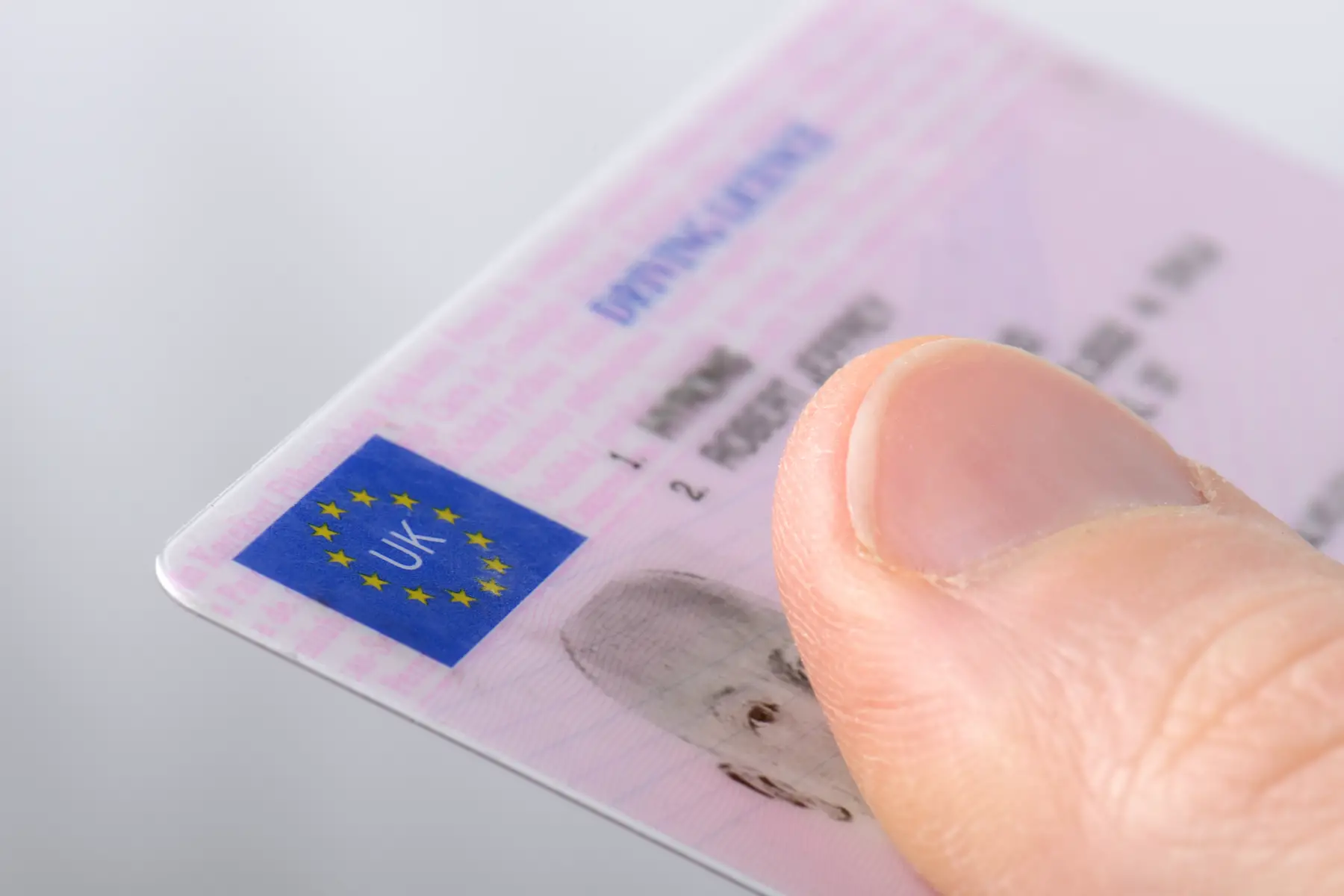
You will need to renew your UK driving license every 10 years. This currently costs £14-17 depending on how you renew but it is free to those aged 70 or over. See the UK government website for more information.
Exchanging a foreign driving license in the UK
Drivers from outside the EU/EEA/Switzerland will have to exchange their license for a UK license within a certain time period. EU/EEA/Swiss residents can currently drive in the UK using the license from their home country. However, this may change after the Brexit transition period ends on 31 December 2020.
Non-EU/EFTA drivers can only use their foreign license for a limited period (usually 12 months). After this, drivers from countries with a driving agreement in place with the UK have to exchange their license for a UK license. Drivers from elsewhere need to pass the UK driving test to obtain a license.
You can find out the situation regarding your home country on the UK government website.
If you need to exchange your license, you can apply through the DVLA using Form D1. The cost is £43.
Drivers with disabilities in the UK
If you live with a disability, a health issue that affects your mobility or a child with a disability or mobility issue, you can apply for a Blue Badge. This is a reserved parking permit that allows the holder to park in reserved spaces. In some situations, you can also park for longer periods of time or free of charge.
You need to apply for a blue badge from your local council. The cost is £10 in England and Northern Ireland, £20 in Scotland and free in Wales. See here for how to apply in England, Scotland and Wales, and here for how to apply in Northern Ireland.
You can also buy wheelchair-accessible vehicles (WAV), which are customized cars or vans that enable drivers or passengers to travel while remaining in their wheelchair.
These vehicles can be bought outright or taken out on a five-year lease through the Motability Scheme. The Wheelchair Accessible Vehicle Convertors’ Association (WAVCA) is the WAV membership association, which can provide you with information on accredited dealers.
Car registration and maintenance
All vehicles need to be registered with the DVLA, whether new or used. Most car dealers will register newly purchased cars, otherwise, you’ll have to do it yourself.
If you buy a used car, it may have already been registered. If this is the case, the seller can register the vehicle to you and you should receive the registration certificate (V5C) within four weeks. For used cars that haven’t been registered, you will need to apply for a registration certificate.
To register a vehicle in the UK, you need to complete:
- form V55/4 if your vehicle is new;
- form V55/5 if your vehicle is used or rebuilt
You will need to send this form to the DVLA, along with:
- proof of ID (driving license, passport, birth certificate);
- proof of address;
- registration fee (currently £55);
- any vehicle tax owed (or proof of payment);
- a certificate/declaration of newness for new vehicles;
- a valid MOT certificate for vehicles over three years old
Once you’ve applied, the DVLA will send you your V5C registration certificate within six weeks. See more information on registering vehicles in the UK on the government’s website.
MOT inspections
All cars in the UK need to pass an MOT (Ministry of Transport) inspection when they are three years old to make sure they are sufficiently roadworthy. Cars older than three years need to be MOT-tested annually.
It is illegal to drive a car in the UK without valid MOT. Anyone caught doing so can be fined up to £1000.
You can book your car in for an MOT at any approved test center, such as Kwik Fit, which has 600 branches nationwide. During the inspection, your car will be checked to make sure it meets legal and environmental standards. The vehicle will either pass or fail. Cars that pass get an MOT certificate. Cars that fail get an MOT refusal certificate, in which case they will need to be repaired and retested before they can be driven again.
If your vehicle only needs a partial retest, for example, if there were only minor problems or problems with one part of the car, you may be able to get it retested for free or at a reduced rate.
UK car insurance
If you’re driving, car insurance in the UK is compulsory. You’ll need to insure all vehicles used on the road or kept in public places unless they’ve been declared ‘off the road’ if they’re not being used. Auto insurance is big business too, with hundreds of companies to choose from. The UK’s biggest car insurance providers include:
Because of the vast amount of choice on the market, you should always shop around when buying or renewing your cover. You can do this using a comparison site, like Confused.com or MoneySuperMarket. For more information, read our expert guide to car insurance in the UK.
Driving costs in the UK
Here is a list of average costs that UK drivers can be expected to pay:
- provisional driving license £34-43
- driving theory test £23
- practical driving test £62-75
- registration £55
- vehicle tax – between £10 and £2,000 depending on CO2 emissions (calculate the tax rate for your vehicle here)
- MOT – between £30 and £125 depending on the vehicle (around £55 for most cars)
- fuel costs – average around £70 a month but will depend on your vehicle
- insurance – average £471 a year in the UK in 2018
There are also additional costs to factor in such as routine maintenance, breakdown cover or costs, parking costs and – in some areas – charges such as toll road charges or the London Congestion Charge.
A 2018 study on motoring costs found that the average car costs for UK drivers are just over £388 a month, when everything is factored in.
Driving rules and penalties in the UK
General road rules in the UK
The Highway Code is the rule book for using the UK’s roads. It includes rules and advice for drivers as well as pedestrians, parking guidelines, what to do in the event of an accident or breakdown, traffic signs, road markings and more.
General rules for UK drivers include:
- making sure that everyone in the vehicle is wearing a seat belt;
- giving way to traffic at roundabouts, unless the traffic light at the roundabout is green. Vehicles travel in a clockwise direction on roundabouts so approach from the right;
- stopping at zebra crossings (marked black and white on the road) to allow any passengers to cross;
- overtaking on the right, only when it is safe to do so and on roads marked with a broken white line down the center. On motorways and dual carriageways, you can overtake by moving into another lane
You should make sure that you keep the following in your car or on your person when driving:
- your driving license;
- insurance certificate;
- tax disc (displayed in the car window);
- car registration details;
- MOT certificate if needed
Penalties for minor traffic offenses in the UK
The police can stop you and issue a fixed penalty notice (FPN) of between £50 and £200 if you commit a minor motor offense. These include:
- careless or inconsiderate driving;
- driving without a seat belt;
- driving too close to another vehicle;
- having an unsuitable car seat for your child
If the police issue you with an FPN, you may also end up with points on your license.
Speed limit in the UK
The speed limits for cars and motorcycles in the UK are:
- 30 miles per hour (mph)/48 kilometers per hour (km/h) in built-up areas;
- 60 mph/96 km/h on single carriageways;
- 70 mph/112 km/h on dual carriageways and motorways
The minimum penalty for being caught speeding in the UK is a £100 fine and 3 points on your license. You can be caught by the police or by a speed camera. Either way, you will probably end up with an FPN. You can choose to pay the fine or plead not guilty, in which case you’ll have to go to court.
Read more information about speeding penalties here.
Driving under the influence in the UK
The drink driving limits for England, Wales, and Northern Ireland are:
- 35 micrograms per 100 milliliters of breath;
- 80 milligrams per 100 milliliters of blood;
- 107 milligrams per 100 milliliters of urine;
The limits in Scotland are slightly lower, at 22 mcg per 100 ml of breath, 50 mg per 100 ml of blood, and 67 mg per 100 ml of urine.
If the police stop you and think that you are under the influence of alcohol or drugs, they can give you a breath test or ask you to take a drug test. Penalties for drink driving can include:
- a minimum 3-month prison sentence;
- fines of up to £2,500;
- possible driving ban
Similar penalties are imposed for driving while under the influence of drugs. You can find out more information on the UK government website about drunk driving and about drugs and driving.
Distracted driving laws in the UK
In the UK, you can only use a mobile phone via a hands-free set while driving. Hand-held phones can only be used when safely parked or in an emergency situation.
Penalties if caught using a hand-held phone while driving can include:
- 3-6 points on your driving license;
- fines of between £200 and £1000;
- loss of license if you passed your driving test in the last two years
If you want to use a hands-free mobile while driving, make sure that you set it up before starting up the car. The UK distracted driving laws prohibit any hand-held operation of a mobile phone while the vehicle is in use, including using the phone for satnav purposes. This also applies to vehicles that are momentarily paused at traffic lights.
Driving without a license in the UK
It is illegal to drive a car without a license in the UK. To drive unsupervised, you must have a full license which you should keep on you at all times.
If you are caught driving without a valid license, you could face:
- fines of up to £5,000;
- a ban from driving for a specific period of time;
- further costs and penalties if you are involved in an accident
You could face more severe penalties if you are caught driving without a license and insurance in the UK, or if you are caught driving during a period in which you are serving a driving ban. This can include a jail sentence.
Road signs in the UK
There are hundreds of different road signs in the UK. Most fall into one of three categories, which are:
- circular signs – these give orders which must be followed. Signs with a red border tell you what you must not do, while blue signs give positive instructions (e.g., turn right ahead);
- triangular signs – these are warning signs (e.g., low bridge ahead) and they usually have a red border;
- rectangular signs – these signs give information, such as directions. They are usually blue on motorways, green on primary roads, and white on minor roads.

The Highway Code includes information on all UK road signs. You can find the information online here (PDF).
Traffic information in the UK
The UK ranks 43rd on the world traffic index (with first ranked being the most congested). The average journey time is just under 35 minutes. Large cities can experience high levels of congestion, with London ranked the sixth worst city in the world for traffic in 2019.
The UK Department of Transport publishes road traffic statistics for regions across the UK. You can access up-to-date traffic information from various online sources. These include:
- government information for traffic in England, Scotland and Wales;
- the Automobile Association (AA) website;
- the RAC website
Parking in the UK
Residential parking facilities in the UK are usually either in the form of private driveways linked to individual accommodation, small communal car parks or parking bays on the street where you live. Check the parking situation when moving into accommodation to see if you need to apply for a permit from your local council.
If you are driving anywhere or are visiting someone in the UK, you will typically have to pay during daytime hours unless you have agreed to use someone’s free parking space. There are many municipal car parks, including large multi-level car parks, where you pay by the hour. You can also find parking bays (marked with a blue sign consisting of a large white P) on high streets and residential streets. Some are free, some are ticketed.
The British Parking Association (BPA) outlines four general types of parking zones in the UK. These are:
- Permit parking area (PPA) – an area where you must have a permit (usually from the local authority) during hours of operation. The permit should be on display in the car window, visible to traffic wardens;
- Controlled parking zone (CPZ) – where parking and loading is restricted to specific times and for specific periods. Local authority websites should have information on CPZs in their area;
- Restricted parking zone (RPZ) – similar to CPZ but usually with tighter restrictions, for example, parking only permitted out-of-hours;
- Pedestrian zones – areas where parking is usually prohibited during operational hours
Parking rules and costs
Some general parking rules to be aware of:
- don’t park on roads marked with double yellow or double red lines at any time as doing so will incur a fine (around £70);
- check the situation before parking on any road marked with a single yellow line. Parking is often only permitted out-of-hours (evenings or weekends);
- don’t park on yellow zig-zag lines outside schools, hospitals or emergency services;
- try to avoid parking on pavements. This may be permitted in some streets, but always make sure you are not obstructing pedestrians, especially those with pushchairs, prams or wheelchairs
The cost of parking tickets and fines in the UK varies depending on the type of fine. You usually have 28 days to pay and can often get a reduction if you pay within 14 days. You have the right to appeal. See here for information on how to do so.
The BPA website has information on parking rights in the UK. You can find parking spaces across the UK on the JustPark website.
Road accidents and breakdowns
Road accidents in the UK
According to the Department of Transport report, 1,784 people were killed in UK road traffic accidents 2018. Altogether, there were 160,597 people killed or injured in road accidents that year.
The UK had the third-lowest amount of per capita road traffic deaths in Europe in 2018, with 28 deaths per million inhabitants. This figure was bettered by only Norway and Switzerland.
In the UK, the driver at fault bears full responsibility in the event of an accident. If neither driver admits to being at fault, the insurance companies will determine who’s fault it was using the accident report and police reports.
A split liability agreement is usually reached (e.g. 50/50 or 75/25) if culpability cannot be established on either side, or if one side was partially to blame.
If you are involved in a car accident in the UK, you should:
- contact the police if the incident is serious, plus call an ambulance if anyone is seriously injured;
- exchange details (contact details, registration, and insurance numbers) with other drivers;
- take photographs of the damage;
- fill in your accident claim form (usually provided by your insurer);
- file your car insurance claim
If you cause an accident and are found to be committing a traffic violation, for example speeding or driving while drunk, you will be penalized and may face criminal charges depending on the severity of the crime and accident.
Failing to stop after an accident, or failing to report an accident that caused serious damage or injury, can result in a fine of up to £5,000 and a jail sentence of up to 6 months.
Vehicle breakdowns in the UK
If your car starts to break down on UK roads, you should try and find a safe place to pull over as soon as possible. On motorways, you can pull into the hard shoulder. Take care when exiting the vehicle and call your breakdown provider.
There are a number of ways to get breakdown cover in the UK, with the most popular being with motoring organizations such as the AA and the RAC. Roadside assistance provides in the UK include:
You’ll also likely be able to purchase breakdown coverage from your car insurance provider. Costs vary but start at around £6 a month for a basic package.
Cars in the UK
You can find numerous car dealerships across the UK selling both new and used cars. There are several popular UK car manufacturers, such as Jaguar Land Rover, Lotus, and Vauxhall. Many international brands are also popular.
The top-selling cars in the UK in 2019, according to Auto Express, were:
- Ford Fiesta
- Volkswagen Golf
- Ford Focus
- Vauxhall Corsa
- Mercedes A-Class
- Nissan Qashqai
UK number plates are alphanumeric. The current system, in use since 2001, consists of two letters (area code), two numbers (linked to month and year purchased), and three letters (random to distinguish cars with the same first 4-digit sequence).
You can buy a personalized number plate online from the DVLA. See here to find out availability and costs.
Importing a car in the UK
You can import overseas vehicles to the UK but you must follow certain procedures to ensure that your car can be used on the roads. These are:
- tell HM Revenue and Customs (HMRC) within 14 days of arriving. You can do this via the NOVA service if importing from the EU or by filling in a C384 import declaration if from outside the EU;
- pay any VAT and duty owed on the car. HMRC will tell you if you owe this and how much;
- get vehicle approval. You can do this by getting a European Certificate of Conformity if your car is registered in the EU, or an Individual Vehicle Approval (IVA) if it’s from a non-EU country;
- register your car as you would if you bought it in the UK
See more information on importing cars to the UK on the UK government website. Bear in mind that the situation regarding importing cars from the EU may change after the end of 2020.
Buying a car in the UK
You can buy a car from a number of different sources in the UK. These include:
- car dealerships;
- a car broker;
- online car-buying services such as Buyacar or Motors;
- car supermarkets or sales events;
- classified sites such as Autotrader for used cars
Renting a car in the UK
Although the legal driving age in the UK is 17, the minimum age for hiring a car is 21. Most car hire companies will also stipulate that you have held your driving license for at least a year. Some places place a surcharge on drivers aged under 25, which can be around £30-40 a day.
There are many places across the UK where you can rent a car. You can compare costs on sites such as Auto Europe. Costs depend on various factors including car type, location, and length of usage but prices start at around £10-20 a day. Car hire companies typically offer a range of leasing options, with cheaper deals for those who hire long-term. Car leasing companies in the UK include:
To hire a car in the UK, you will usually need to provide valid ID plus pay a deposit. Exact requirements vary from company to company.
Selling a car in the UK
If you want to sell a car in the UK, you will need to supply the V5C registration certificate, plus the MOT certificate if required, to the DVLA and the buyer.
There are many websites, such as Auto Trader, where you can list your car for sale. Alternatively, you can sell to a dealer that accepts used cars. Bear in mind that you will usually get less money if you sell to a dealer or someone who wants to sell the car on and make a profit. If you sell your car through a personal sale, make sure you provide the necessary legal documents.
Carpooling/car sharing in the UK
Carpooling, or car-sharing, originated as a concept in the US but has become a popular way of traveling for commuters in many countries. In the UK, it is more popular in bigger cities with professionals who want to economize but don’t fancy the trip to work on public transport.
If you want to look into the prospects of carpooling, or are interested in advertising a carpooling opportunity, there are a number of websites worth checking out. These include BlaBlaCar and LiftShare.
Car repair in the UK
There are over 21,500 auto repair workshops and garages in the UK. No matter how well you look after your car, there will inevitably be times when something goes wrong and you’ll need to take it in for a service.
You can usually just take your car to a garage and sort out an appointment. However, if you want to save time waiting around you can phone ahead and book something in. Some places also allow you to book online. Repairs can take anything from 30 minutes to a few days, depending on what needs to be done.

If you have a new car, you may prefer to take it to a local franchised main dealer. Otherwise, you can take it to another local garage. It’s a good idea to use a site that advertises reputable or approved traders. Examples are AA-certified Garages, RAC Approved Garages and Accredited Repairers or Which? Trusted Traders.
For auto glass repair, you can check if your garage provides this or you can use a specialist such as Autoglass.
The AA website has advice and information on getting your car repaired. This can help you avoid common problems and be aware of your rights in the event of a dispute.
Useful resources
- UK Government website – information on driving and transport in the UK
- Driver and Vehicle Licensing Agency (DVLA) – a government agency that oversees driving and vehicles in Great Britain
- Driver and Vehicle Agency (DVA) – a government agency that oversees driving and vehicles in Northern Ireland
